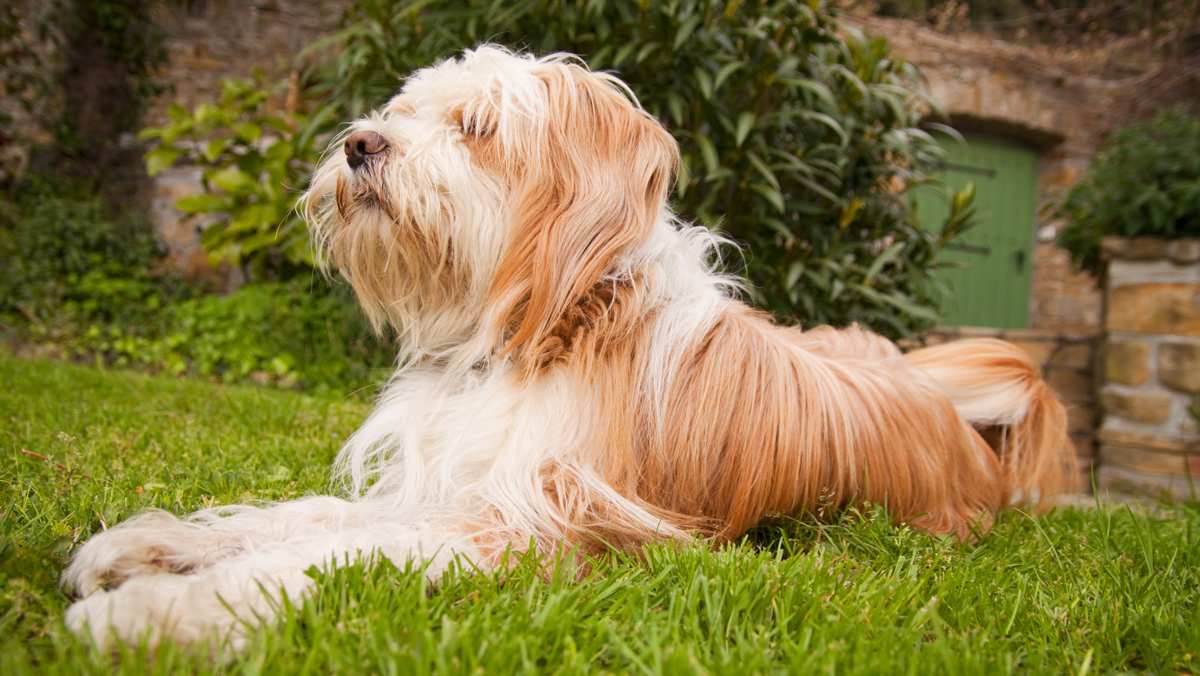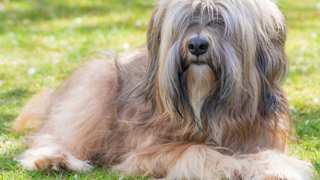Tibetan Terrier Breed Details
The Tibetan Terrier, despite its name, is not a member of the Terrier group of breeds; dogs of this breed are classified in the Non-Sporting Group. TTs have existed as companion dogs for at least 2,000 years; they are adaptable to a variety of living situations and climates, and are an excellent choice for practically anyone looking for an affectionate, sensitive pet. Some Tibetan Terrier information and facts: they're on the smaller end of medium-sized, with double-layered, long-haired coats that include a soft, almost human-like topcoat. Here are some advantages and problems of owning this breed:
PROS:
- Extremely versatile with living environments
- Very affectionate
- Good watchdog skills
- Socialize well with children and other pets
- Fairly suitable for first-time owners
- Extremely healthy
- Intelligent and easy to train
- Playful and energetic
- Relatively long lifespan (12-15 years)
CONS:
- Frequent grooming required
- Moderate to high exercise needs
- May suffer separation anxiety if left alone for long periods
- High barking tendency
- Sheds profusely
- May be too rambunctious for small children/toddlers









